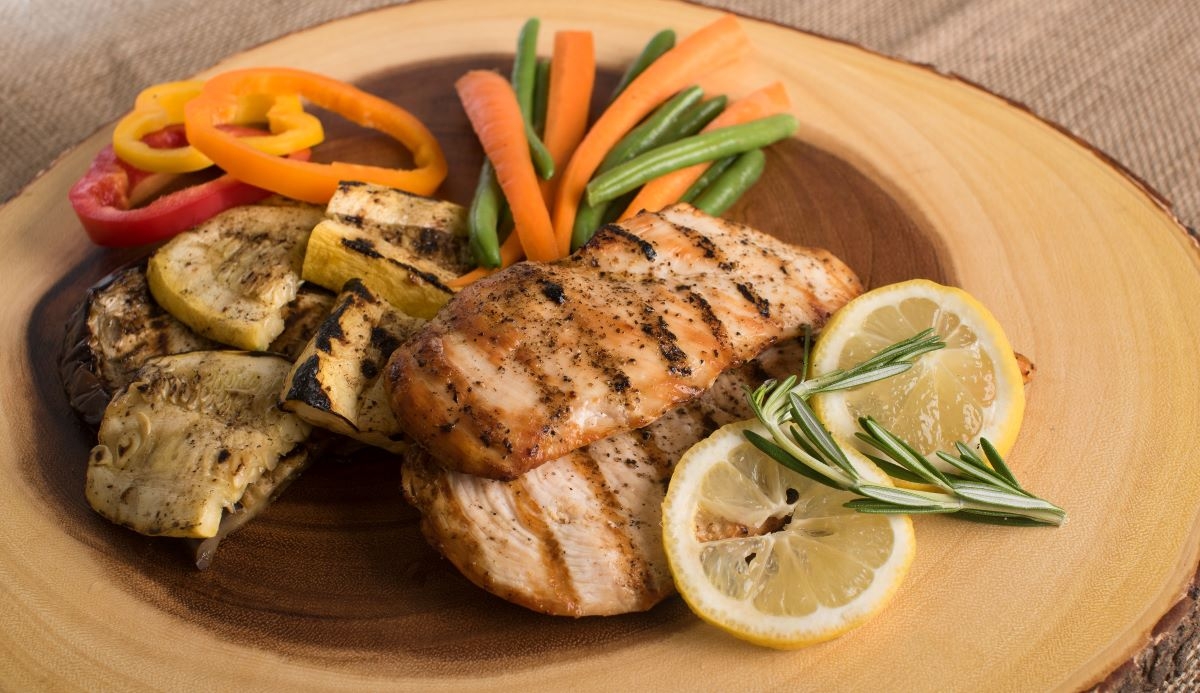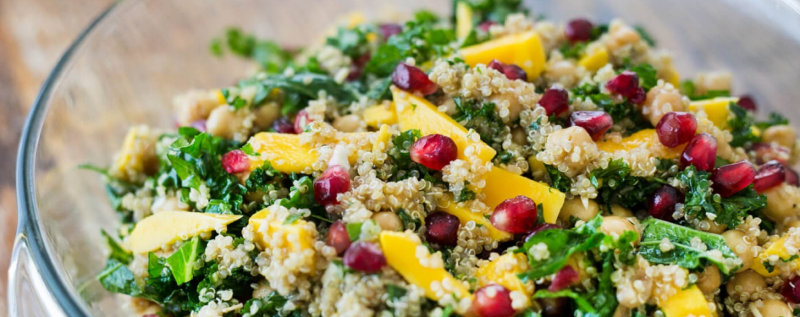
The vital role protein plays in the health of your body
During this time when a lot of us are spending more time at home, I have noticed that people are paying more attention to what they are eating and are often looking to improve their nutrition, as we know more and more that nutrition has a huge impact on our health and well-being. As many of you probably know, the new Canada Food Guide showed three food groups — proteins, fruits and vegetables and grains. So, today I will be exploring proteins — what exactly is a protein, what is the difference between a complete and incomplete protein, what is the role of protein within the body and what are the various sources other than meat, that we can include in our diet? How much protein should we be eating daily and are there periods in our life where we may find ourselves needing a little more than normal.
Proteins are considered as the building blocks for the body as they are found in just about every single cell of the body, from bones, muscles, tendons, teeth, hair etc. They are also part of the process which carries and delivers oxygen around our body and they play an important role in production of enzymes which are vital for the many chemical reactions which are constantly taking place.
These amazing proteins are composed of amino acids, in total there are a little over 20 amino acids that the body needs to create these building blocks. Fortunately for us, our body produces 11 out of the 20 or so amino acids, this means that we need to provide the body with the other 9 through the food that we eat. These 9 amino acids are generally known as essential amino acids.
There are certain foods such as red meat, chicken, fish, dairy and eggs which are known as complete proteins as they contain all 9 of the essential amino acids. When we eat these foods, we automatically receive all the proteins our body requires. However, other foods such as legumes, grains, rice, oats, corn, nuts and seeds, contain some of the 9 essential amino acids. So how can we ensure that when reducing our meat consumption, we still have a dietary source of complete protein? We can do this by combining foods, such as:
- grains (quinoa, brown rice, oats, barley) with legumes (beans or peas)
- nuts and seeds with grains or legumes
- whole wheat bread with nut butters
Rest assured they do not have to be eaten at the same time however they do need to be consumed within the same day, the body can then combine and utilize them as complete proteins.
The National Academy of Medicine recommendation for daily protein intake is of 7gr of protein for every 20 pounds of body weight. So, the average 140 lb adult would need to consume about 50g of protein daily, bearing in mind that the average apple weighs about 200 gr, it is easy to see that you may be eating a little more than you really need.
Red meat is very taxing on our digestive system, it can take up to 12 hours to be properly digested and may also result in a build-up nitrogen in the body, if it is part of your daily diet. Nitrogen is normally eliminated by the kidneys, however people who have had kidney disorders are generally required to eat a low protein diet, to take the pressure of the kidneys.
However, there are other times during our lives when we may find ourselves in need of a little more protein, such a recovering from surgery, after trauma or during pregnancy and breastfeeding. The requirements will vary according to everyone’s situation, but this is something to bear in mind when meal planning.
There are several advantages of bringing in different sources of protein to our diets, not only does it take a little pressure off our wallets but it is known that protein from grains, legumes, seeds and nuts help to reduce the risks of various chronic health conditions such as hear disease, diabetes, obesity and bone related issues.
If you are someone who does enjoy red meat, to start with it might be better to swap it out for other leaner meats such as poultry or fish, before then graduating to the other protein sources mentioned.

I really love this mango and chickpea salad as not only does my family enjoy it but it is so quick and easy to make, the colours make it so appealing to the eye and the dressing has that little zest which is really tasty and to top it off everyone enjoys the meal, which is what its all about.
Send your nutrition questions to susan@susanalsembach.com
Header Photo: Mark DeYoung, Unsplash








